Foam Breaking – Defoamer Selection
Detergent foam breaking is a common scenario where we face in the cleaning industrial. Spray the defoamer or adding certain level of anti-foam agent in the solution will helps the situation. Unfortunately, selecting an appropriate defoamer may need your attention.
Comes to defoamer selection, foam breaking performance should not be the only criteria. As we are introducing the defoamer in the process, cross contamination may becomes the first priority concern. Understand the main ingredient of the defoamer becomes the 1st priority to avoid cross contamination to your process.
Select a non-silicone based defoamer as a foam breaking agent if silicone is a prohibited substance in the process.
Break the Foam
Foam is a common by-product while we are using detergent or soap. The phenomenon is that an amount of air being wrapped by water film. This phenomenon happen because of 2 things are happening
- Air mixed with water.
- Water contain surfactant which reduce the surface tension of the water.
The foam amount is proportional with the energy introduce or the agitation. In a cleaning process, the field engineer always pay extra attention on the bubble management so that the generated foam will not causing a disturbance to the process.
Unfortunately, there are some occasion that the process need a defoamer to break the foam to avoid foam overflow.
Defoamer Working Mechanism
The mechanism for breaking up the foam is to the surface tension on the water film. While the surface tension for the water film changed, the bubble will break naturally. In this case, spraying water on the foam will not has a drastic change on the water film. However, adding other natural or chemical substances will change the water film surface tension, such as oil, detergent or alcohol.
These substances which change the water film surface tension will make the foam to burst automatically, hence the substance could consider as a defoamer product. For instance, an alcohol which having about 22dynes/cm will immediately change the surface tension of the water film and causing the foam to break. Unfortunately, spraying flammable alcohol in the industrial process is not a good idea, as alcohol liquid and vapour is a highly flammable product which may catch fire.
Use Defoamer for Foam Breaking
The field engineer will select the appropriate defoamer to break the foam. A few things come into the selection list.
- Is process contamination a concern?
- How much foam require to break out?
- How the defoamer be applied?
If there is no concern on process contamination, the selection of defoamer will be straight forward. Judge the foam breaking performance and the selling price of individual defoamer. In case there is a contamination concern, good chances, silicone substance is not allowed, then you probable have to select non-silicone based defoamer.
Select a non-silicone base defoamer if silicone substance is a restricted substance in the process.
Even though the NS defoamer is a non-silicone base defoamer but the foam breaking mechanism are the same. You could spray the NS defoamer toward the foam and obtain the foam breaking effect. Feel free to contact DST in case you want to know more about our Defoamer.

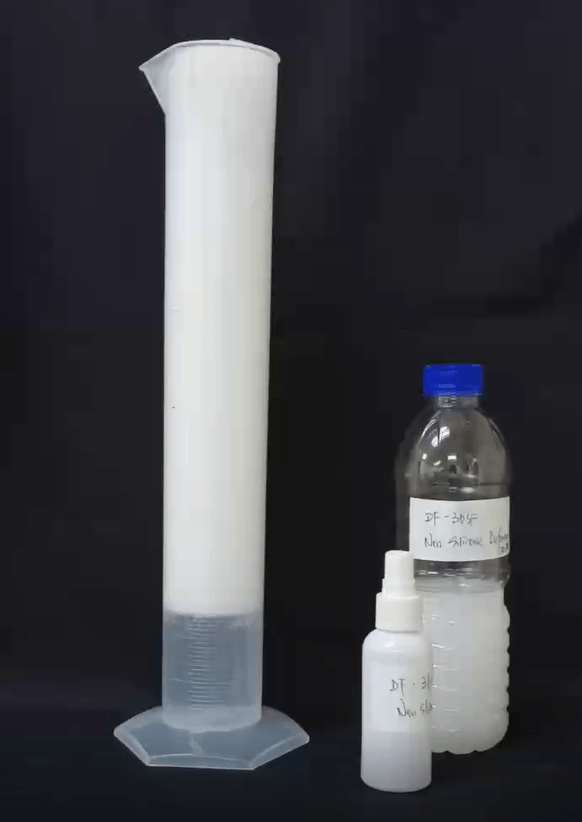
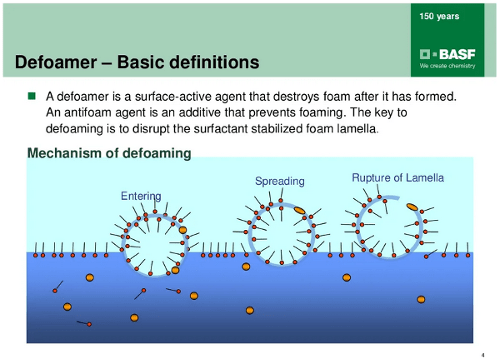
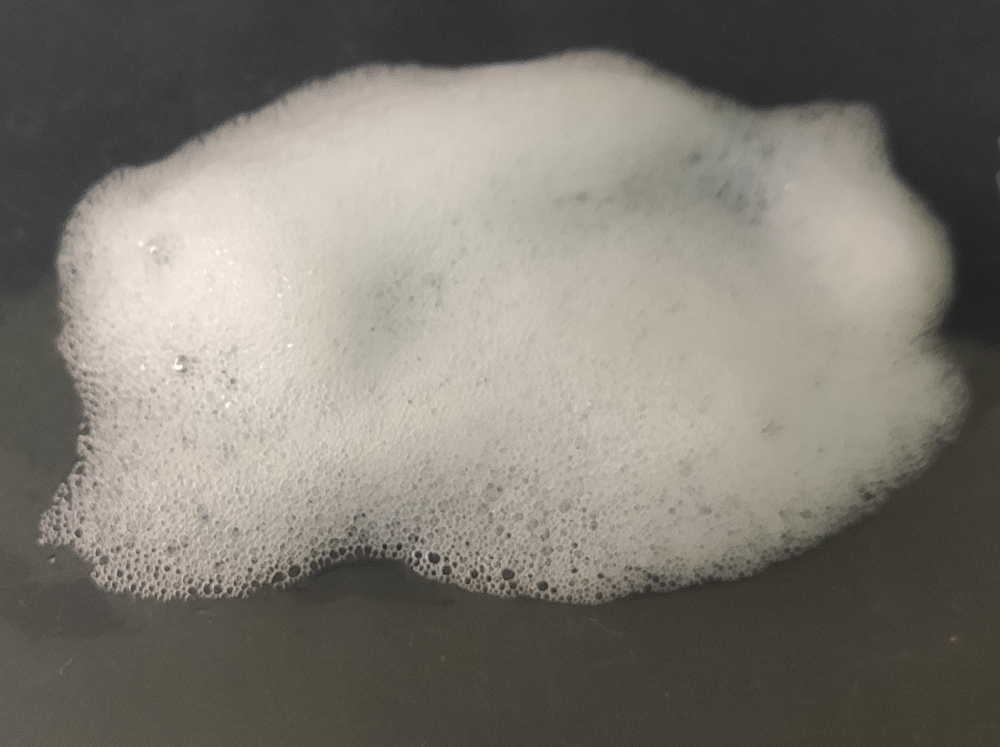
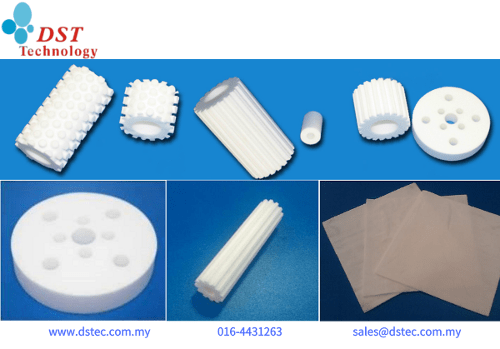
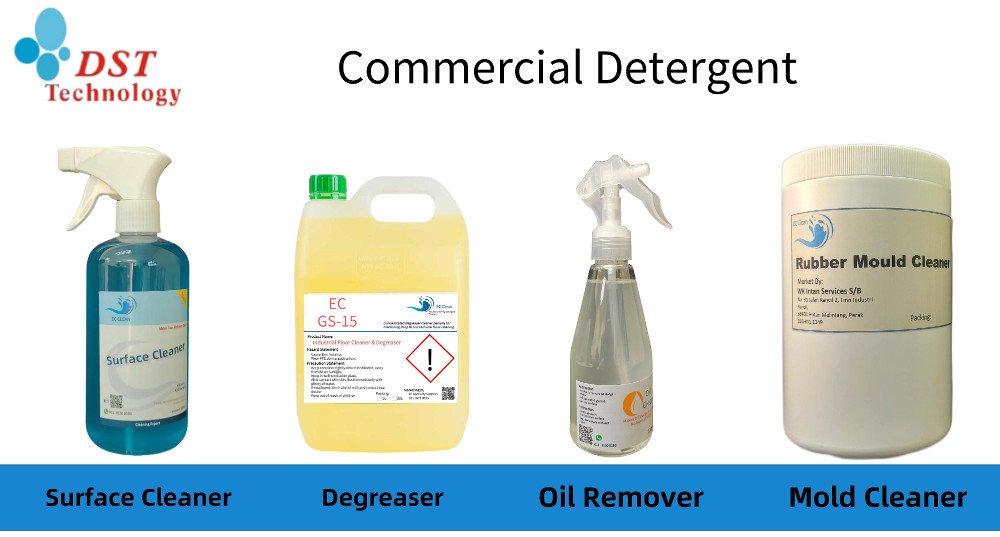

Leave a Comment